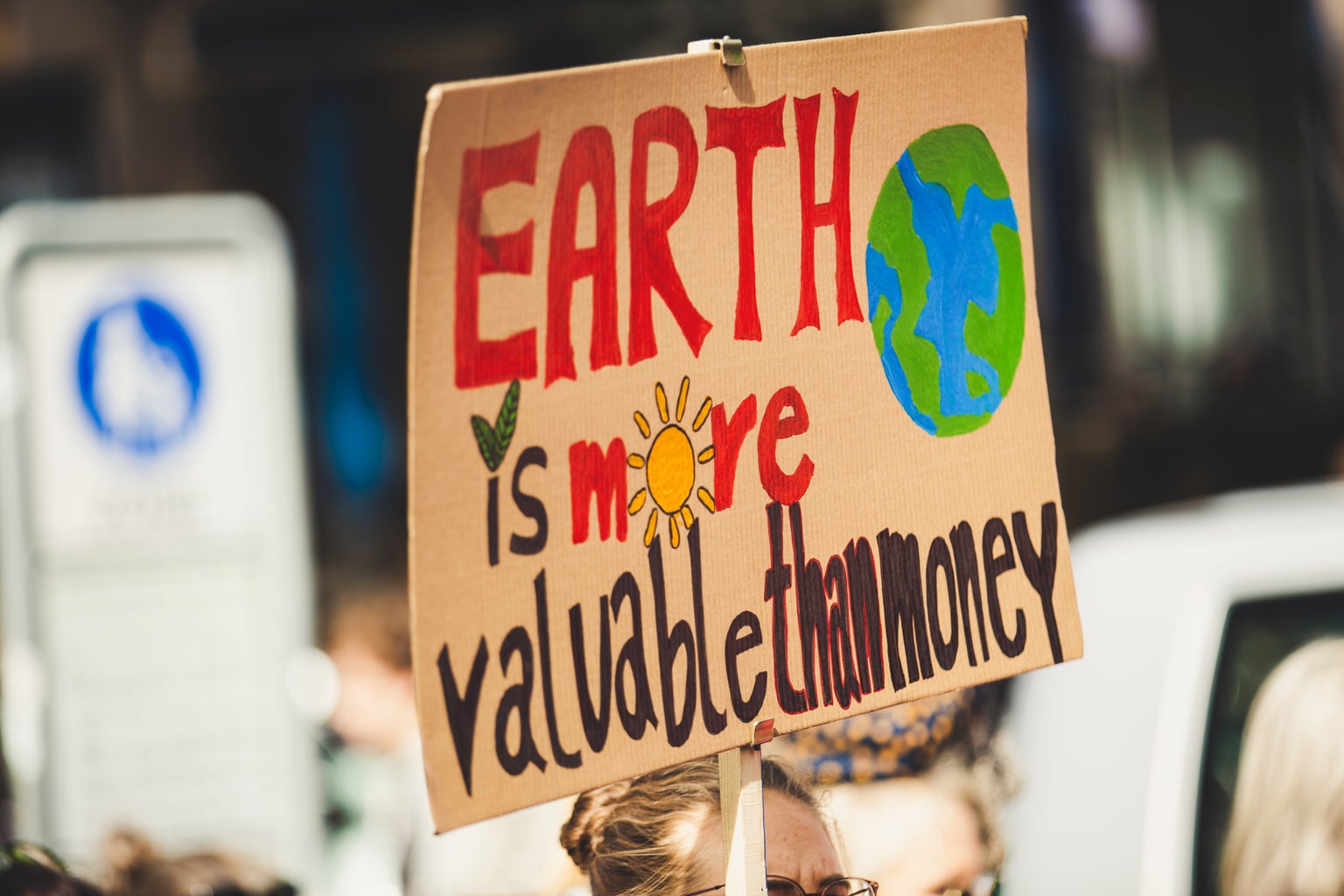We have all fallen victim to the low prices that are so heavily advertised at stores such as Forever 21 or SHEIN, but when we consciously spend our hard-earned money at these stores what is our money really going towards? After looking into the production of clothing for these companies and brands alike, I soon realized the damage not only being done to the environment but also directly to humanity. These brands can be classified as fast fashion, a business model established in the eighties to produce a quick and cheap turnaround on trendy clothing for the working class.
The goal of fast fashion could be seen as somewhat admirable in its attempt to provide the common person with access to clothing trends that are otherwise associated with luxury brands. However, the idea of democratizing fashion is unachievable if you consider the fact that at least one group of people has to undergo unethical working conditions in order to serve the consumer. Fast fashion relies on underpaying workers and placing them in cheap, unsafe conditions to ensure those low prices for their target customers. Some common abuses on labor workers in the fast fashion industry are low ventilation causing inhalation of toxic substances, an unjust amount of working hours, and employing children for lower wages. Some may even compare the cheap labor of fast fashion to a modern-day system of enslavement.

In addition to the inhumane aspects of fast fashion production, its toll on the environment has led to a great acceleration of climate change in the past decades. Fast fashion over the years has exploited a number of our natural resources, such as using 2,700 liters of water to make a single shirt. That is enough water for one person to survive off of for two and a half years. The general clothing industry alone accounts for 8.1 percent of global greenhouse gas emissions. In addition to that, most of the clothing produced by fast fashion companies ends up straight back into the landfills due to its cheap quality. After understanding how detrimental the effects of fast fashion are on our society, I have become more conscious of where I purchase clothes from.
We as the consumers hold the utmost power over the companies that have to appeal to us, therefore we have a responsibility to demand ethical manufacturing. The more we avoid these fast fashion brands, the more they will be encouraged to move to more sustainable policies. Now for those of us on a budget, the list of sustainable brands quickly dwindles because making clothes that are meant to last and have little effect on the environment is not cheap. But, the idea of shopping sustainably is a process, and while of course times where all of us are going to order an item or two from Amazon, it is about limiting those times more than we are now. Saving up money to purchase one to three sustainable items is not only better for the environment and labor workers, but is also going to be more beneficial to us since we will get more wear out of them.

Now some of my favorite sustainable brands for you to try! (And don’t forget to look out for sales!)
Check out Girlfriend Collective, Patagonia, Madewell, Reformation, Everlane, Levis, Alternative Apparel, Allbirds, and of course, your local thrift stores!
Shopping sustainably is not an easy task, but with the right amount of research and patience, there are so many stores to support and explore that are good for us and the earth.



